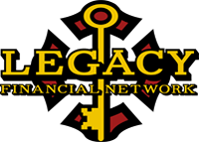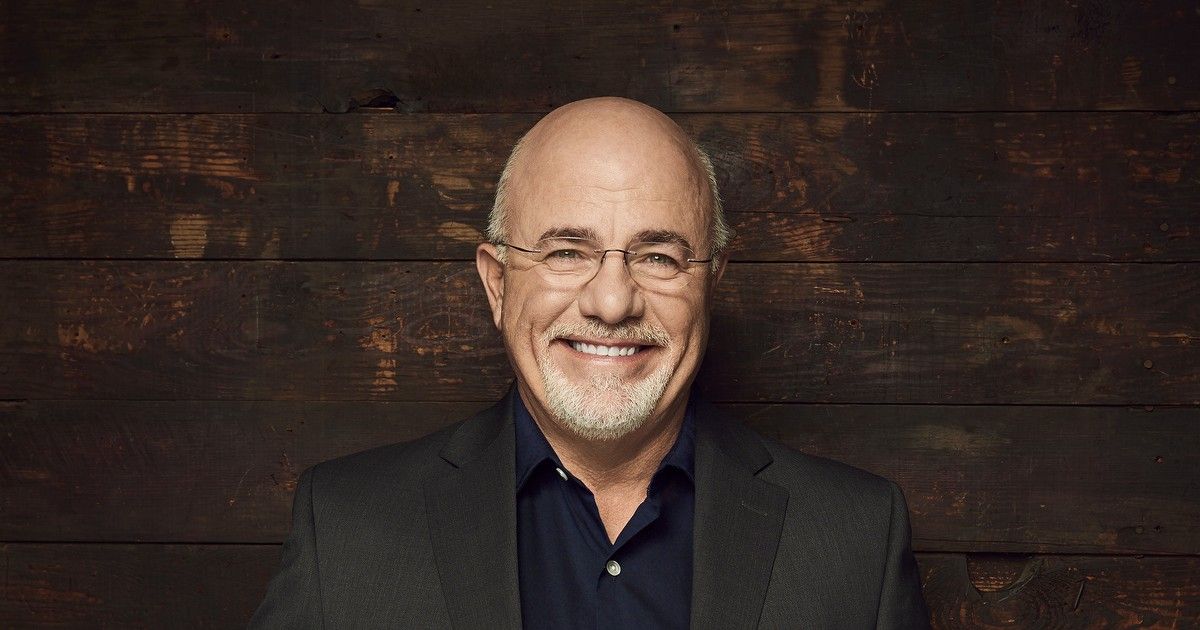Last month, I wrote about the seven steps Dave Ramsey followers really need to thrive financially. I was astonished with the amount of interest and debate the piece sparked. To the many who support our voyage, thank you and I’m excited to walk with you down this path, holding America’s Favorite Finance Coach accountable for his investment advice. To the critics who believe anyone disagreeing with the guru means they haven’t read his books, listened to his show, or attended his FPU … you’re wrong, wrong, and right. I have not attended FPU nor do I intend to. I don’t need to smoke a cigarette to know they stink, cost lots of money, and are negative for my long-term health. Financial Peace University is taught by those who’ve mistakenly taken a myth for a truth.
This sort of mix-up is one that Dave is familiar with.
“I have heard it said that if you tell a lie often enough, loudly enough, and long enough, the myth will become a fact. Repetition, volume, and longevity will twist and turn a myth, or a lie, into a commonly accepted way of doing things.”
-David L. Ramsey III “The Total Money Makeover” (TTMM)
Hmm … 12 percent annualized rates of return, 8 percent safe withdrawal rates, no debt EVER, 7 percent mortgage rates used to debunk the tax benefits of mortgage interest, 100 percent stock-based mutual fund portfolios, asset allocation is a dupe, term insurance is better than permanent … I could keep going but I think you get the point. Many of Dave’s truths are actually myths, but they’re said often enough and passionately enough that their validity is accepted without challenge.
Myth No. 1: The Ramsey brand of endorsement benefits clients and advisors.
Let’s turn our attention toward a classic Ramsey-backed idea: the endorsed local provider, or ELP. To be or not to be an ELP, that is the question.
Working with an ELP or an investing advisor (Dave’s fictitious title, not mine) is recommended in Step 4 of Dave’s seven-step plan. Please note that an investing advisor is not the same thing as an investment advisor representative (IAR). They get paid to sell you something not give you advice. But that’s not the real issue here. The real issue is I don’t think Dave actually believes in some of the core teachings he spouts with, as he puts it, “extreme confidence.”
It’s important to note up-front that Dave’s entire marketing plan points to the fact that his recommended advisors must be commission-based, rather than fee-based. Instead of going into his reasons, let’s take a look at the facts.
Fact: Investment advisors are prohibited from using endorsement. SEC Rule 206(4)-1(a)(1) of the Investment Advisers Act of 1940 determined testimonials or endorsements are a form of misleading advertising since they only share positive experiences.
Fact: The statement found on Dave’s site, “98 percent of users highly recommend using an ELP” would most likely be in violation of SEC Rule 206(4)-1(a)1.
Fact: The very term Endorsed Local Providers would also most likely violate the above rule. I suppose you could argue he could rename them Dave’s Elite Squadron of Advisors. (Dave, if you’re reading this, feel free to use this term. No royalties needed.)
Fact: If ELPs were IARs they would have to disclose they pay a fee for the clients referred to them by the Ramsey system.
Fact: Working in a fee-based relationship would make it nearly impossible for ELPs to take on the types of clients Dave sends their way.
Fact: Dave states he at some point held the appropriate investment, insurance, or real-estate licensing to give advice in the applicable areas. I could not find a currently registered or previously registered IAR or FA whose full name matched or was from the Tennessee area.
OK, so, if the name is no longer ELP and we remove Dave’s endorsement (he could still use his name in the agency titling, or advertise the firm on his site and his workshops with much success, I’m sure) and we omitted that 98 percent of users highly recommend an ELP, then his team could work as fee-based advisors, right? Not quite. Even if the necessary changes were made to Dave’s marketing approach, a fee-based advisor would very likely starve by working as an ELP.
Let’s look at the math behind all of this. While it was impossible to find the exact referral fee paid to Ramsey for the endorsement, multiple Google searches revealed fees ranging from a few hundred dollars well into the thousands. For the purpose of this column, let’s settle on a referral fee of $100 dollars, which seems reasonable compared to other lead sources.
Now, here’s the math for an American household with an annual income of $48,000 (the average annual wage for U.S. households, as provided by Dave) that is looking to invest 15% of said annual income, per Dave’s Step 4.
- Average American household income: $48,000.
- Example of 401k Employer Match: 3%
- $48,000 x 15% = $7,200
- $48,000 x 3% 401k employee contribution (to max out employer match): $1,440
- $7,200- $1,440 = $5,760 left to invest with ELP per year, or $480 per month.
In scenario one, let’s consider an ELP who is fee-based at 1 percent AUM. ELPs must have the heart of a teacher, not a salesperson. So we can assume they’d meet with the client a few times prior to making any recommendations. After investing 2–3 hours (roughly 1 hour per appointment) the ELP accepts a check from our client in the amount of $480. For the purposes of our example, let’s assume the initial investment takes place at the beginning of a quarterly billing cycle. Over the cycle, there’s $1,440 invested, but only an average balance of $960. The ELP would be entitled to one quarter’s advisory fees of .25% (1% divided by 4 quarters). In other words, our ELP would make a whopping $2.40 for 3+ hours of work.
‘Two Great Dave Ramsey Myths Debunked” originally posted on Think Advisor




